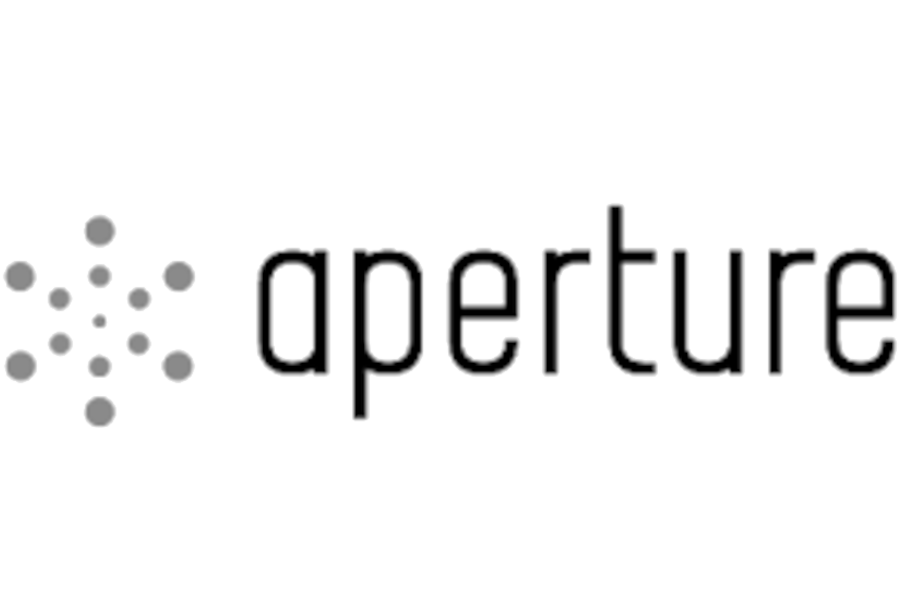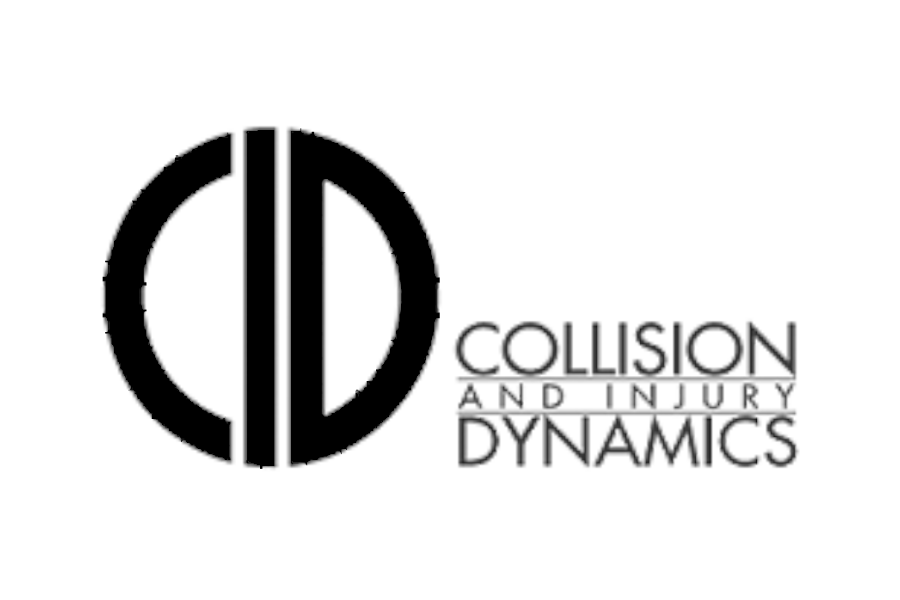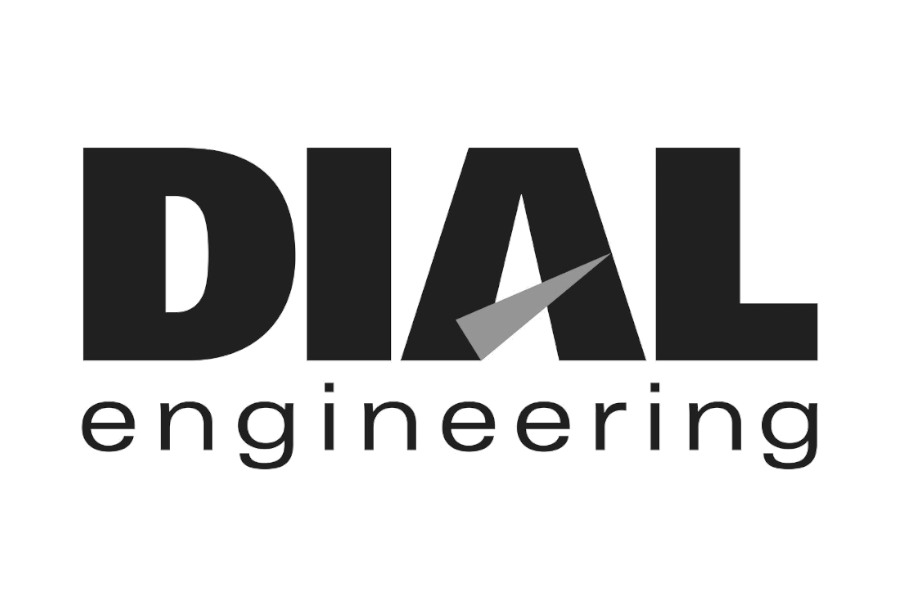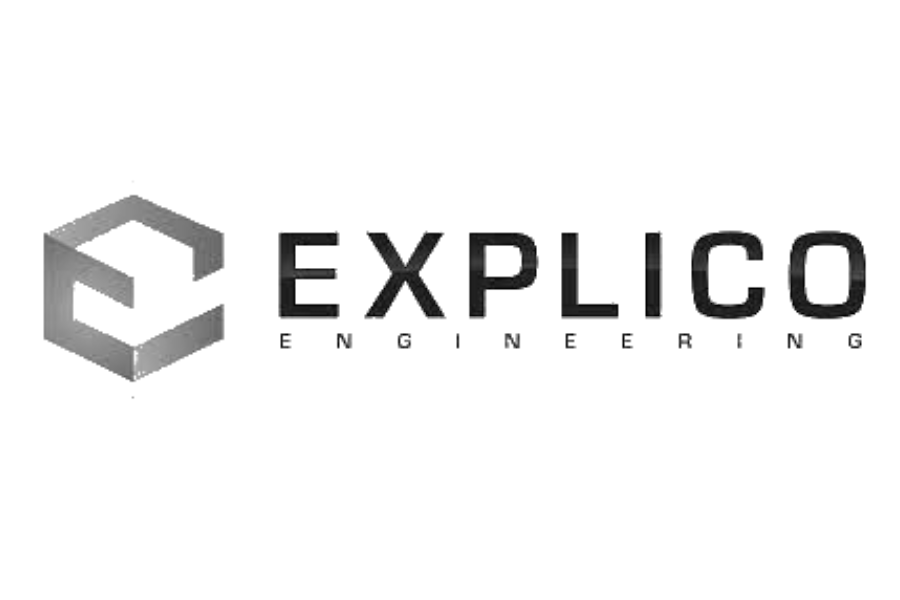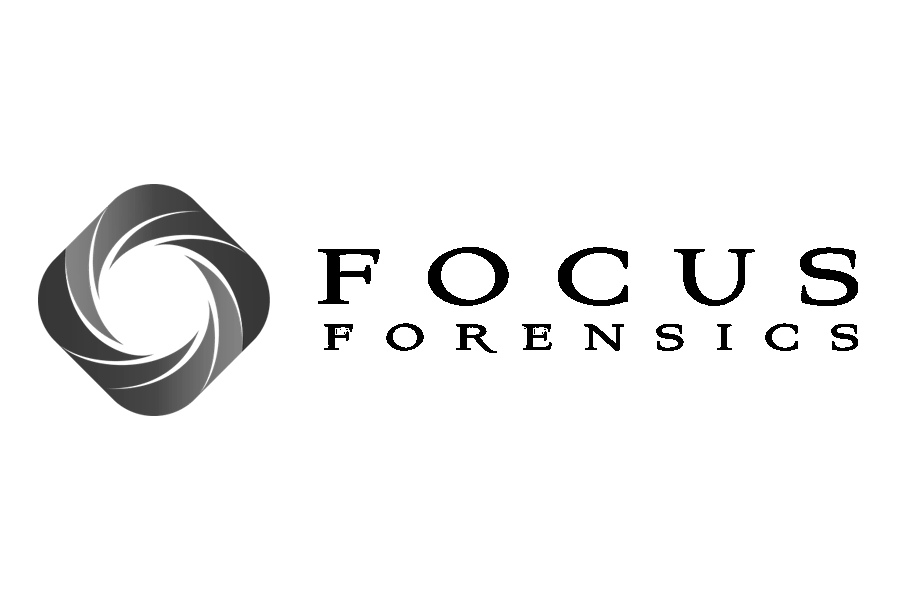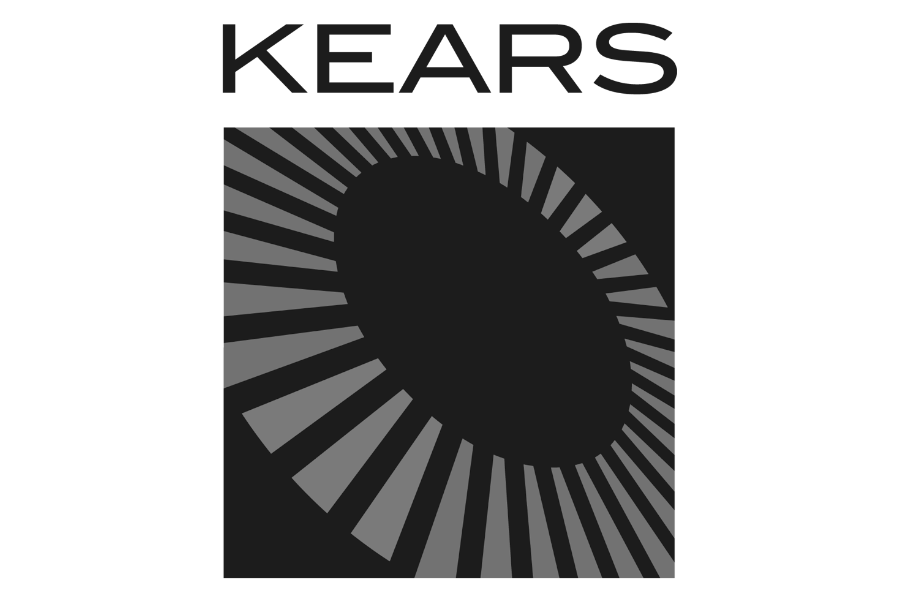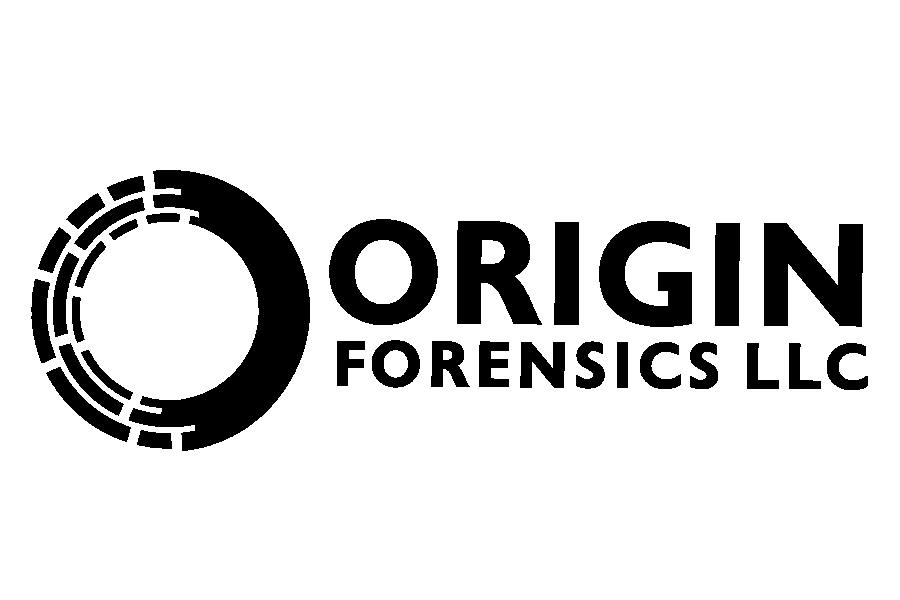SEnt on June 6, 2025
Did you see the paper on video event recorders that was published in ARJ this week? Aaron Kiefer, et al., purchased and tested seven Lytx drivecams to see what data is stored internally, and how.
On commercial cases, I’m often provided a low-res dashcam video of a crash with critical telemetry data overlaid. If you’re lucky, they still have access to the original files via their online portal. However, if that data hasn’t been retained, or you’re in a situation where a deeper dive is required, the authors discuss accessing the data in their paper: Data Recovery from Video Event Recorder Imaging.
Lytx's SF400 series drivecam.
Aaron et al., found the models store data differently. Some on a micro-SD card, some on an SD card, and some on an eMMC (embedded multimedia card). In all cases, except the DC3P (which had a micro-USB port), the cards had to be removed from the circuit board for imaging.
The data was imaged using Linux terminal commands, examined, and then played directly through Lytx’s desktop player. The Lytx data is rolled up in a .dce file and the authors wrote a parser to transform the raw telemetry data into a .csv. The parser also exports all video frames and the related audio. So much good data.
The SF series and SV2 typically capture GPS at 2 Hz and acceleration at 100 Hz, while the DC3P operates at 1 Hz and 20 Hz, respectively. The authors found older Lytx recorders use u-blox GNSS receivers with 0.22 mph accuracy, while newer ones have 0.11 mph accuracy. SF1 and SF400 data were compared to VBOX data and good alignment was observed, as expected.
If you’re frequently getting down and dirty with commercial cases, this is a great paper to dive into. My primary takeaway is to remove the vehicle's camera system whenever I'm not confident we’ve collected all relevant data.
Thanks to Aaron, Kile, Noah, and Glen for doing this work and sharing with the community!
Keep exploring,
Lou Peck
Lightpoint | Axiom
P.S. New podcast episode is live: Tools and Tactics for Acing the ACTAR Examination!






